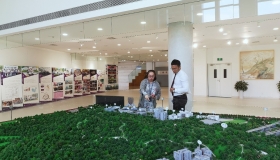Activity Review: Opening Ceremony of “Music of Mountains and Water: KAN Kit-Keung’s Paintings, Calligraphy, Poetry and Installations” Landscape Art Exhibition
Into the Zhi Xin building, are you surprised by the exquisite brush paintings? Do you admire the different calligraphic characters in different styles? Yes, this is “Music of Mountains and Water: KAN Kit-Keung’s Paintings, Calligraphy, Poetry and Installations” Landscape Art Exhibition.
On December 5th, the opening ceremony of the exhibition was held as scheduled in the lobby of Zhi Xin Building.
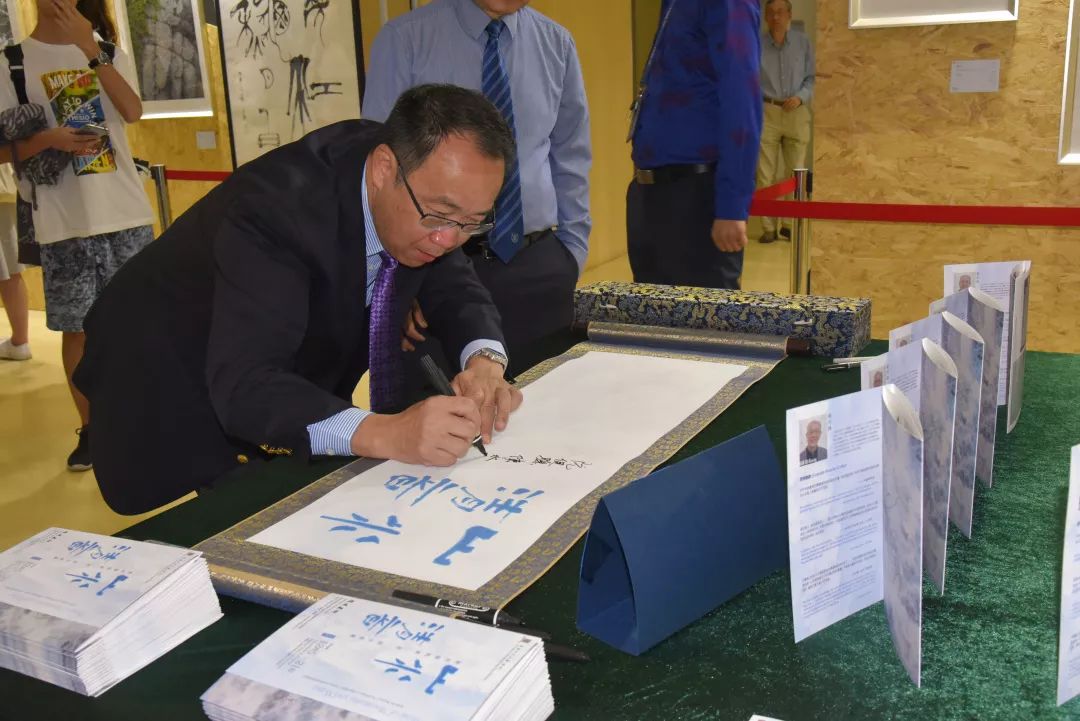

Dr. Gao Yongxiong, Vice President of Chung Chi College, and Dr. Zhang Meizhen led the faculty members of Chung Chi College to visit our university and participated in the opening ceremony of the Exhibition. Prof. Liang Yuansheng, former dean of Chung Chi College, and Prof. Li Peiliang also attended the ceremony. Before the ceremony began, the distinguished guests entered the venue in an orderly manner and left their own handwriting on the beautiful scroll.
Immediately after Master Chen Yongqin addressed a welcome speech, he introduced Mr. KAN Kit-Keung and all the guests present. After that, Mr. Kan briefly summarized the contents of the exhibition and presented a piece of painting to Muse College. Principal Yuen also presented a souvenir to Mr. Kan.
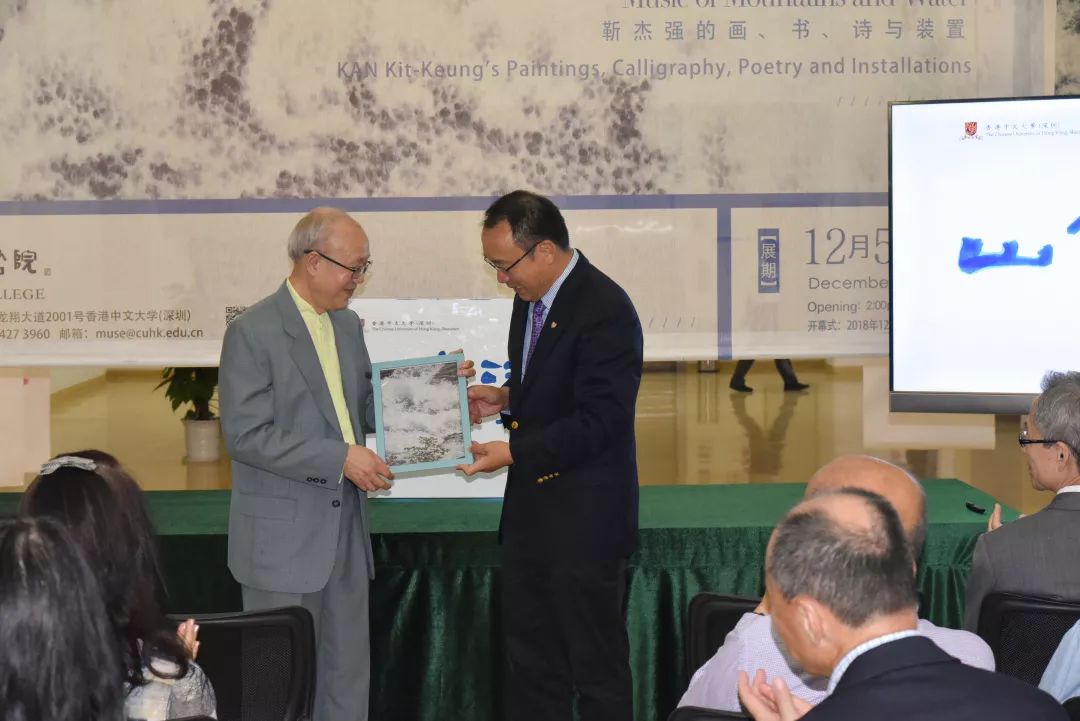

Finally, Mr. Kan, Prof. Chen and the Principal Yuen jointly poured the blue sand, which symbolizes ink painting, into the “Music of Mountains and Water”.
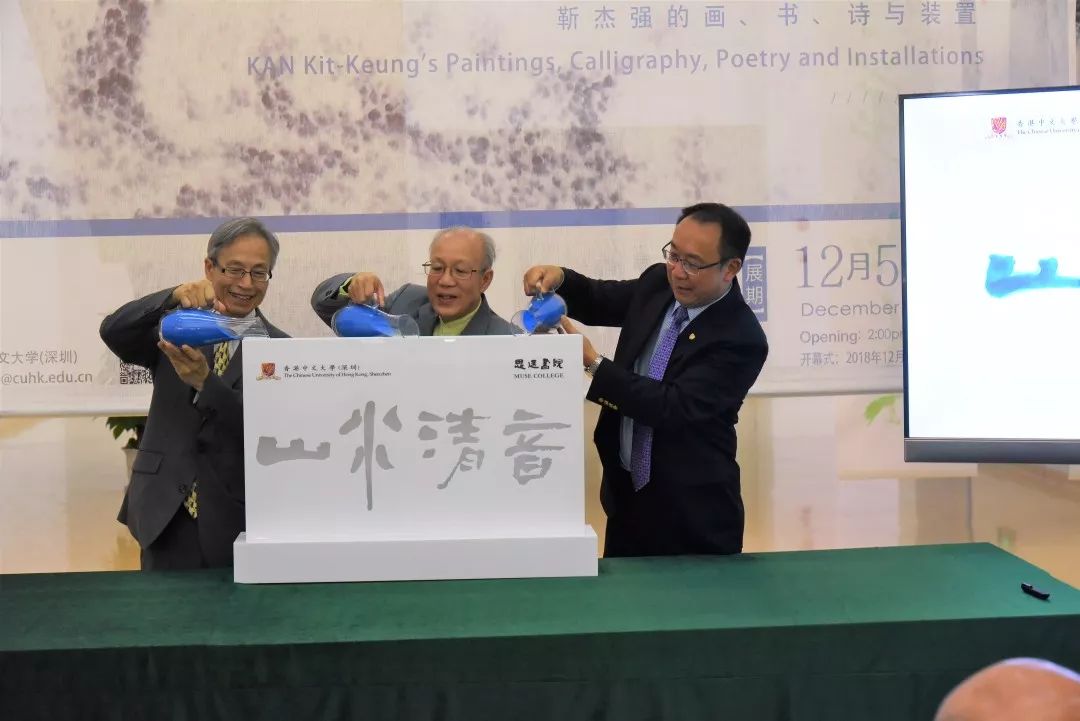
With the slow flow of sand, the opening ceremony also came to an end.
Later, Mr. Kan gave a lecture on the theme of “My Story with Arts”.
Mr. Kan’s childhood school was opposite a temple. Every day, he saw pieces of ink painting on the walls of the temple and was shocked by its beauty. Since he was influenced by his grandfather, he gradually began his own artistic journey.

At the beginning, Mr. Kan used traditional technique of painting to describe landscapes, and then went to the United States. After comparing some local paintings and traditional Chinese paintings, his style changed, but the essence of Chinese painting is still there. Mr. Kan’s paintings are based on reality and come from the life. Mr. Kan painted everything he witnessed and listened. “I saw a tall pine tree on the side of the road and painted it. I saw a rolling hill in the outing and painted it... Each painting has its own story.”

Mr. Kan’s calligraphy began with regular script, and he mentioned that if you want to write the characters well, you need to enlarge the characters. Write larger characters to see the font structure and outline more clearly. After that, Mr. Kan also studied the Cursive and the seal character. When studying the Cursive, Mr. Kan borrowed the method of the calligrapher Mi Fu, and did not touch the ink during the writing process. In the eyes of Mr. Kan, this style from thick to light reveals the beauty that comes from the fog.
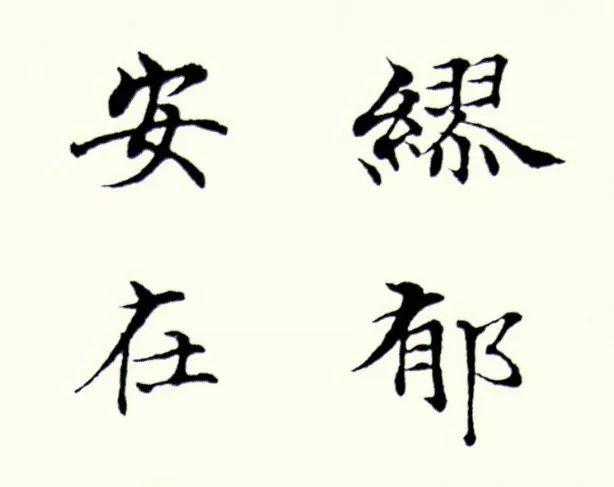
Mr. Kan’s first incorporation of poetry into ink painting was in a painting for the Chinese University of Hong Kong. Mr. Kan wanted to use this poem to motivate the students to study hard and be motivated, and then to do similar works for many times. The combination of poetry and painting adds a sense of beauty to the poetry and expands its artistic conception. This is not only the inheritance, but also the innovation.

Mr. Kan cooperated with friends to combine branches and paintings to form a unique kind of beauty and to hold exhibitions for many times. In the aspect of calligraphy creation, Mr. Kan not only used the method of overlapping three papers (that is, writing on three sheets of paper at the same time), but also used the hanging device to make the calligraphy rotate freely, which undoubtedly increased the ornamental and artistic nature of calligraphy.

As the Asian Art News said, “What Mr. Kan has done is to add a new concept to the language of Chinese landscape painting. His landscape painting is not a hybrid art, but a universal one; just like abstract art, its spirit and life spans the realm of art and culture and comes and goes freely." Mr. Kan also truly interprets the perfect combination of innovation and inheritance.
Mr. Kan said that "the landscape is ever-changing, so there is no end for painting. I will stick to paint all my life." Mr. Kan loves ink painting and pursues reshaping ink in a new perspective. We sincerely hope that Mr. Kan can go further and further on his own path to arts.

